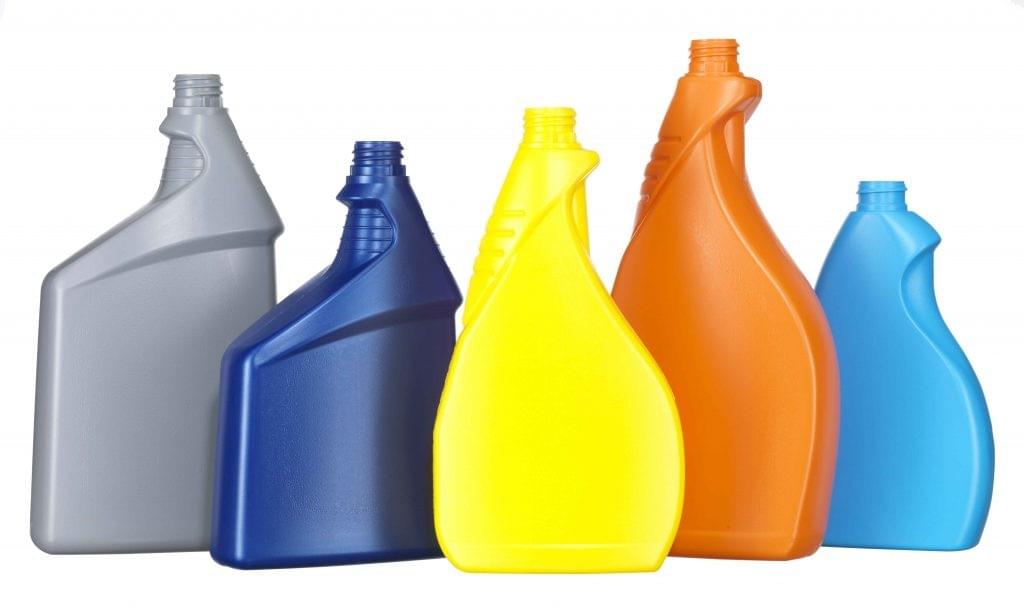The Plastic Bottle 500ML has a good form and excellent moulding. In today's plastics manufacturing business, most people are familiar with blow injection moulding and blow moulding. However, product designers and engineers who are new to the sector are still unsure about the distinction between injection and blow moulding. The blow moulding technique has become the industry standard for various applications, and knowing the differences between these two plastic moulding processes will help you save time on design, development, and manufacturing. Of course, they save you money and speed up the completion and delivery of your plastic item.

The type of product produced is the main distinction between injection moulding and blow moulding. Blow moulding is typically used to create hollow, single containers such as bottles. On the other hand, Injection moulding is used to create solid parts such as plastic objects, and Plastic Bottle Suppliers provide quality and varieties of shapes. Blow moulding is ultimately about making a hollow product. This procedure has been practised for thousands of years, except that blow moulding began with a manual hand twist and physically blowing, or forcing, air into the product.
Origins of Blow Moulding:
Blow moulding arose from the centuries-old skill of glassblowing. A patent was issued for blowing or forcing air into a mould to extrude a celluloid polymer. Blow moulding is an extrusion technique in which molten Plastic Bottle 500ML is pushed through a two-dimensional die opening into a mould cavity and inflated with compressed air until the molten form achieves the required shape. The part is then allowed to cool before being removed from the mould. The finished products of blow moulding feature linear geometries and two-dimensional forms that are continuous in length.

There is also a significant distinction between blasted and injection. The plastic is kept sealed in the injection chamber and mould during the injection process. On the other hand, the blow mould begins when the mould is withdrawn from the plastic bottle suppliers, giving the blowing more freedom to expand the product to the required ultimate size.
Custom plastic moulding solutions:
Because there are so many variables in moulding plastic parts, almost every feature we make requires a specific solution. Engineers examine all variables in light of the product's intended function.
Variables to Consider When Making Moulded Parts:
- Type of Plastic
- Strength or flexibility
- Needed psi pressure rate
- Endure extremes of temperature — hot or chilly
- The thickness of the walls
- Product measurements
Once injection moulding has been established to be the optimum process for your plastic part, you are nearly set. The injection moulding process starts, the product is made, and there are few concerns about production issues with the injection moulding process.
Usage of air:
Injection moulding's worst enemy is air. Air pockets or bubbles can form if the air is present throughout the manufacturing process. These anomalies cause weak places in the product, causing it to become damaged and likely discarded. Attitude is crucial when using the blowing method. Blow moulding works by forcing air into the mould to push the product out and expand it. Plastic Bottle 500ML can only contain so much air until it separates and leaves holes in the molten result. However, blow moulding is impossible to execute without the presence of air.

Finally, the above-mentioned Plastic Bottle 500ML container is moulded to achieve the desired shape and size. There can be a wide range of production procedures. Injection moulding is best for high-precision goods, while blow moulding is best for hollow shapes and designs. These considerations should be taken into account before deciding on the best strategy. Contact us today!
